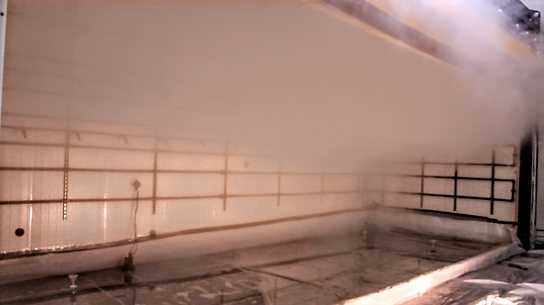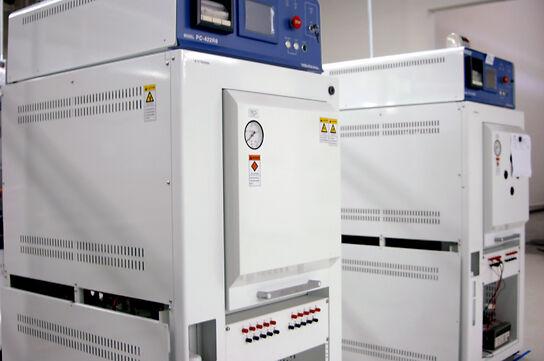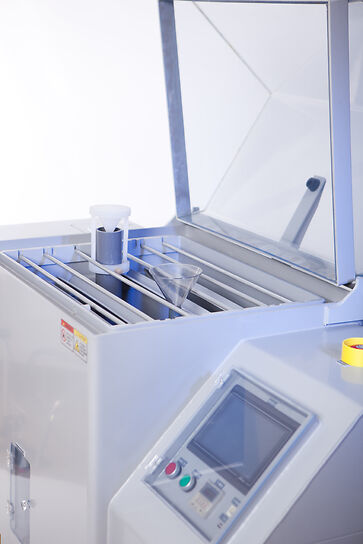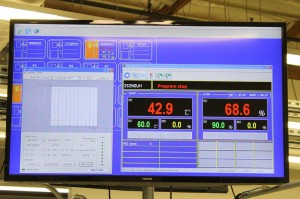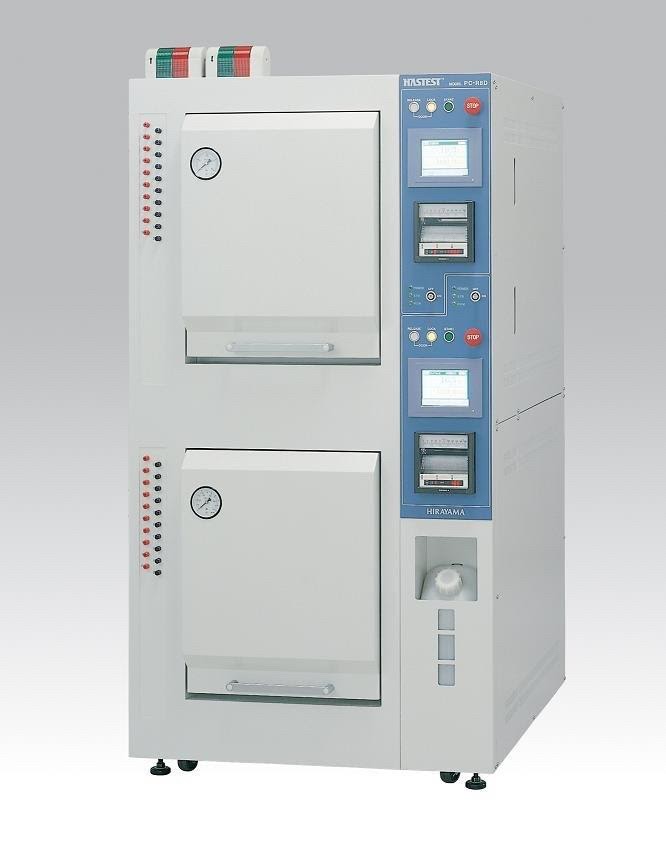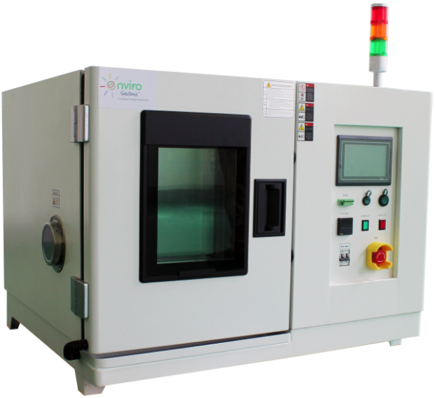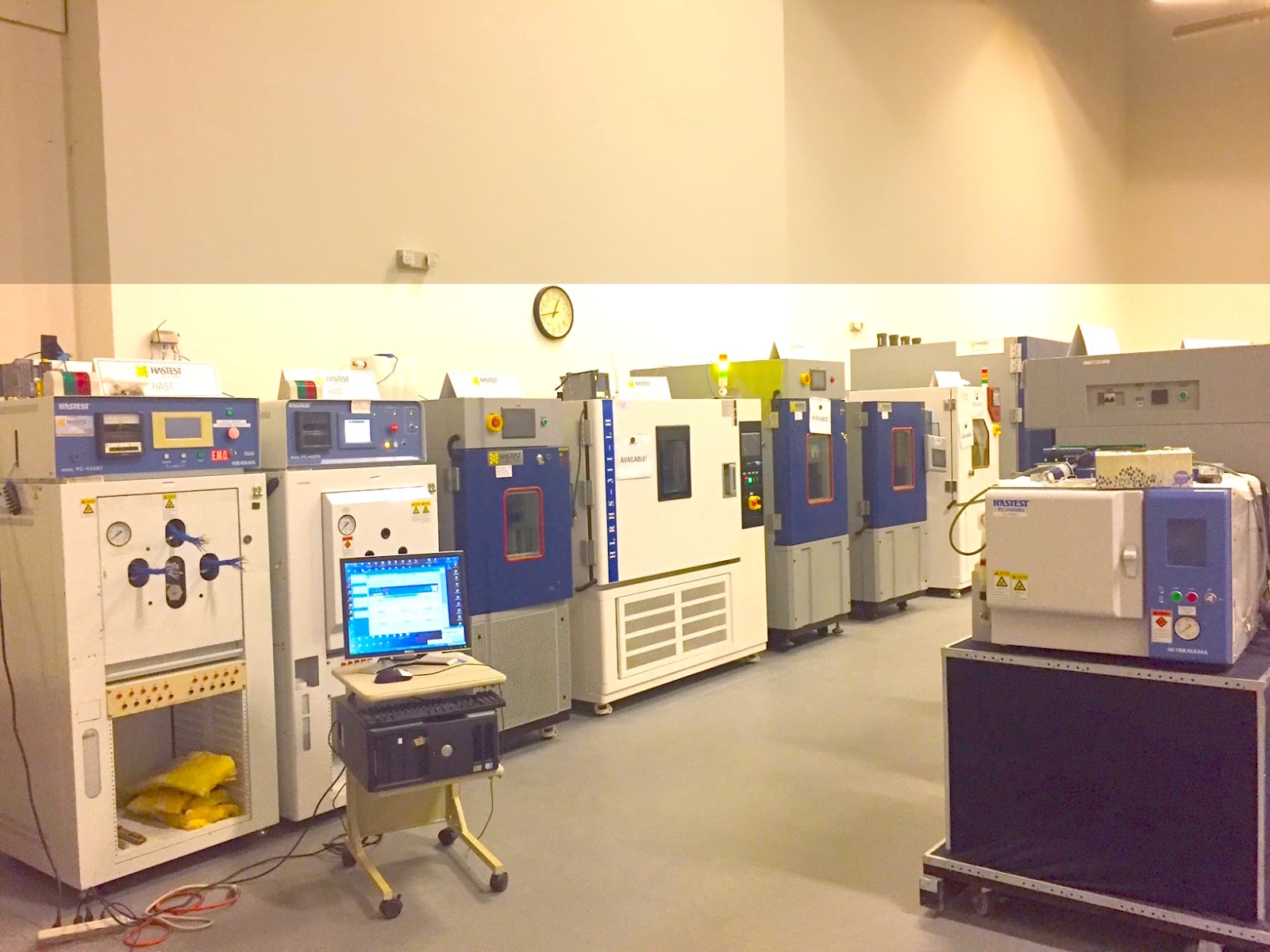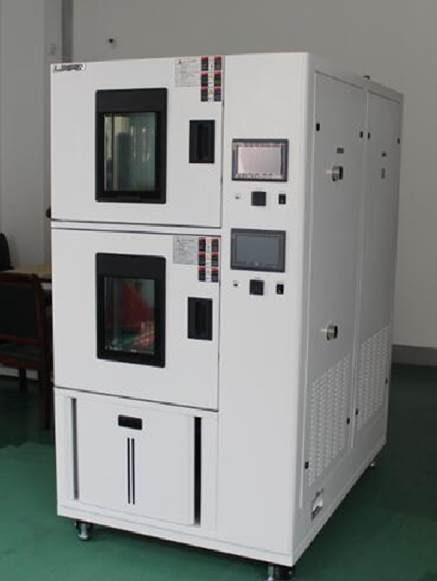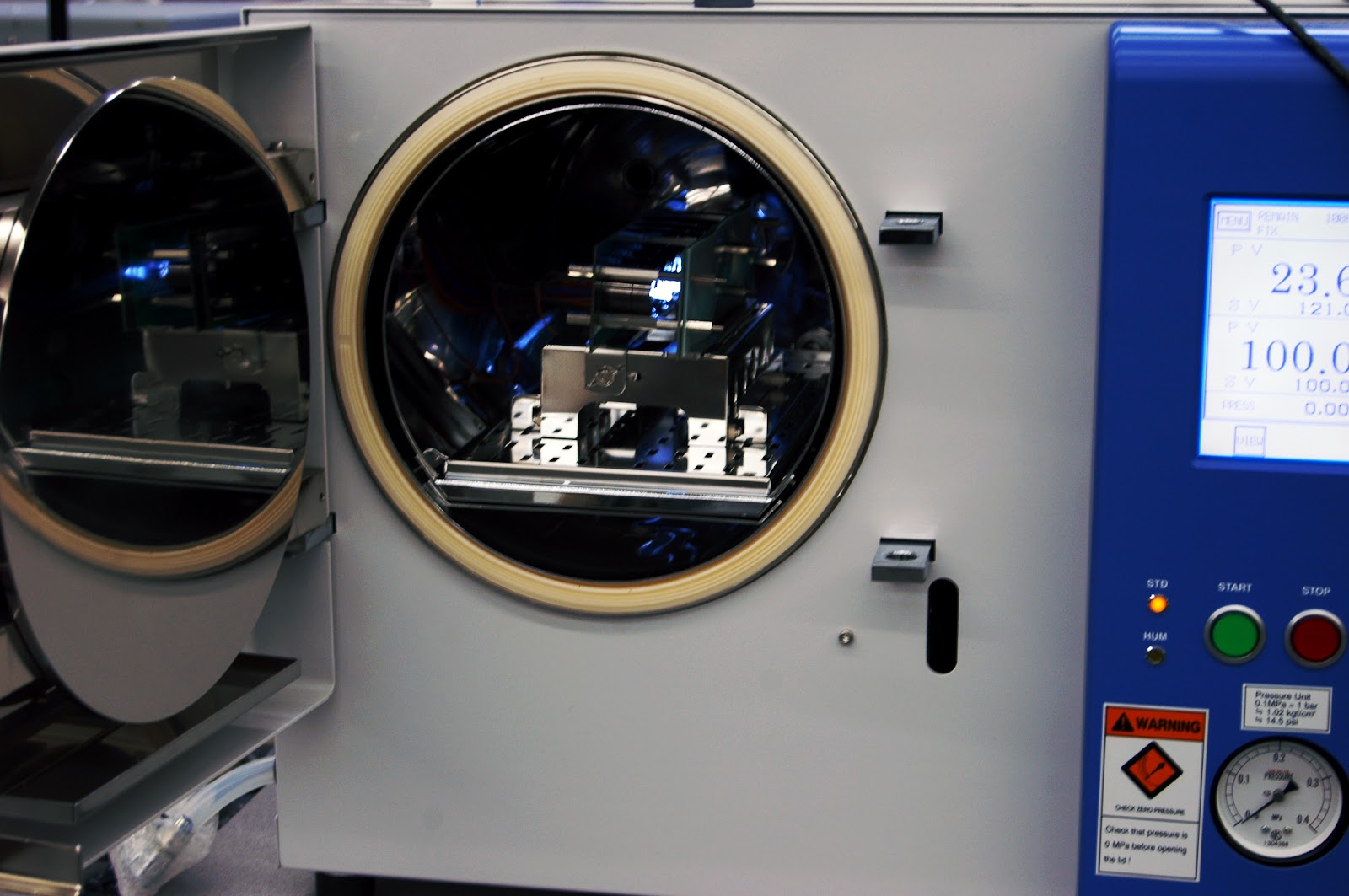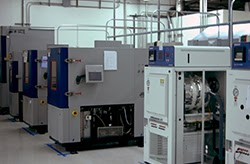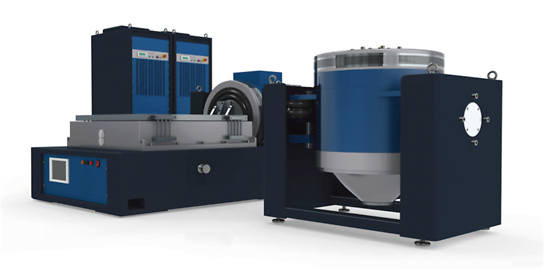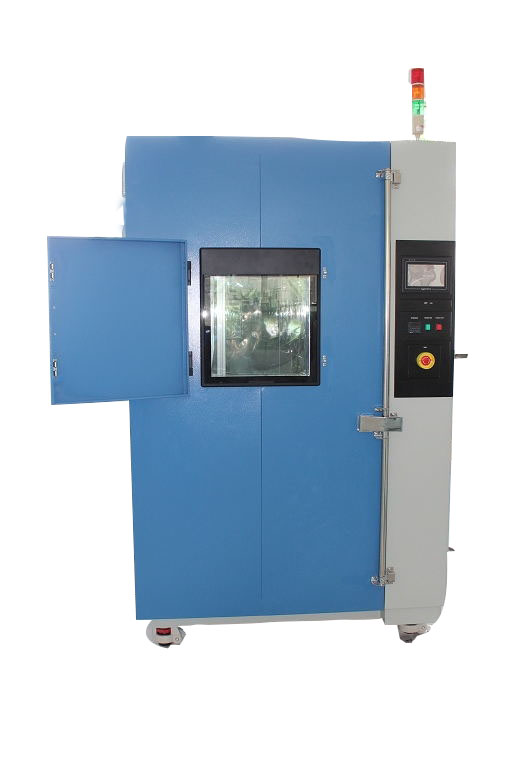- Home
- Blog
- Technical Articles
- Temperature and Humidity Testing
Temperature and Humidity Testing
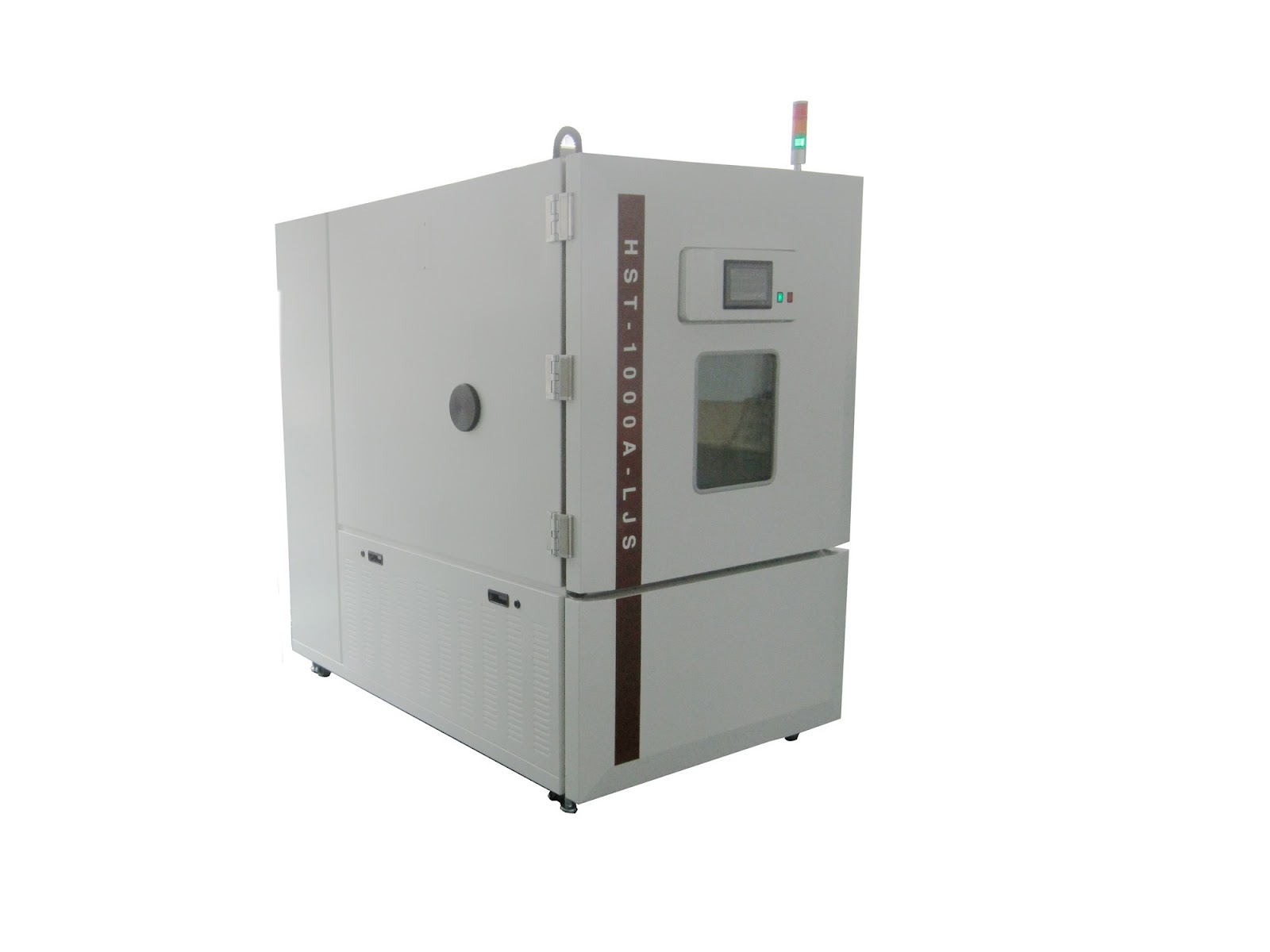
Temperature and Humidity tests establish how components and assemblies behave in harsh environments involving high temperatures and high relative humidity. The effect that humidity can have on components or assemblies is crucial to the service life of the product. The tests involve constant temperature and humidity, cycling of temperature and humidity, temperature-humidity bias (THB) tests.
Temperature Cycle Testing also referred to as temp cycling, determines the ability of parts to resist extremely low and extremely high temperatures, as well as their ability to endure cyclical exposures to temperature extremes. Two industry standards that govern Temp Cycle Testing are the Mil-Std-883 Method 1010 and the JEDEC JESD22-A104.
THB testing involves the following stress conditions: 1000 hours at 85 deg C, 85% RH, with bias applied to the device. The bias applied is usually designed to simulate the bias conditions of the device in its real-life application, maximizing the variations in the potential levels of the different metallization areas as much as possible. An operational test that evaluates the reliability of devices in humid environments follows Mil-Std-810-F Method 507.3.
Environmental test chambers, particularly temperature and humidity chambers are used to test components under test conditions and Mil Standards described above.

